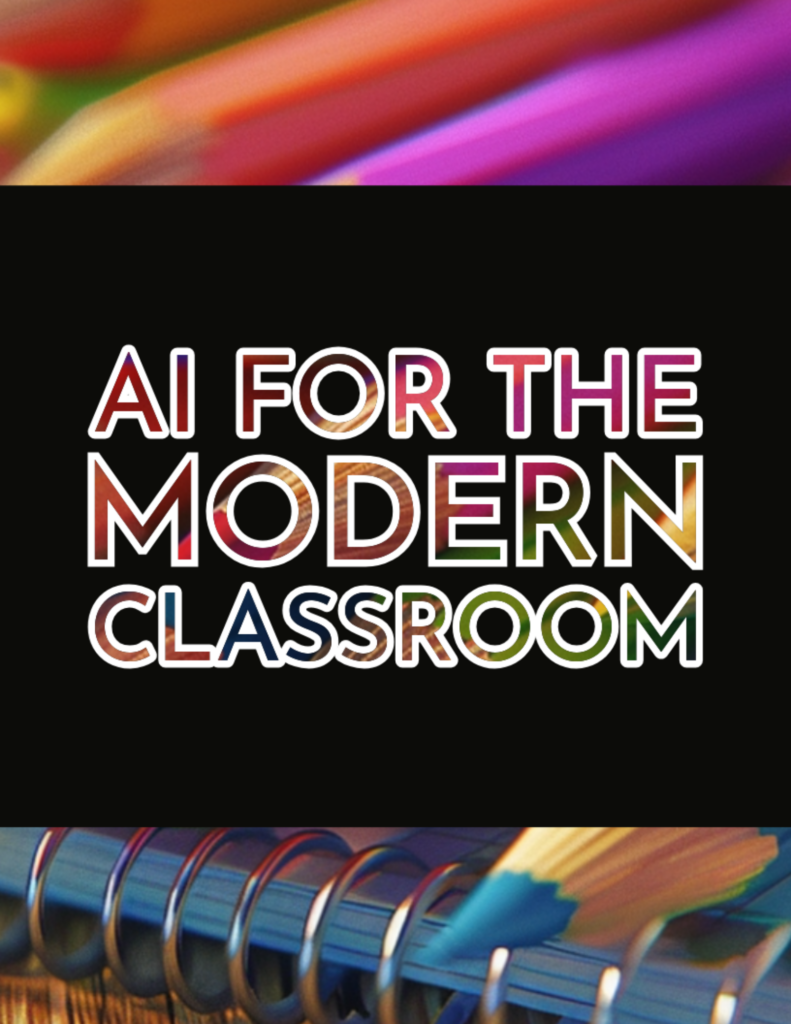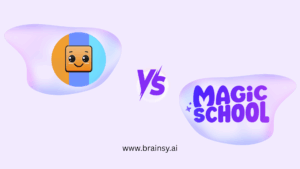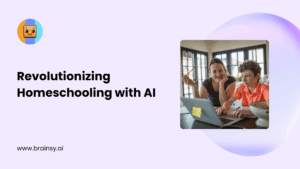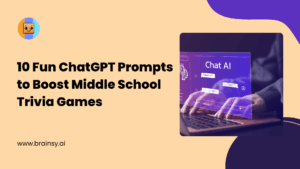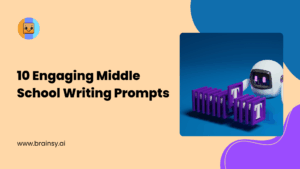Education is changing fast, and AI in the classroom has become a key way to transform how students learn. Artificial intelligence in education can offer tailored learning and shed light on how engaged students are, setting new benchmarks for teaching and learning. By tapping into AI’s potential, teachers are finding new ways to grab students’ attention, which makes the whole learning setting better. This new approach helps students reach their full potential and gets them ready for a future where being good with digital tools is crucial.
Boosting Student Involvement: Fresh AI-Powered Tactics for Today’s Classroom
As we explore the key role of AI in schools, this article will look at various AI-powered approaches to boost classroom engagement and give a full guide on using AI in the classroom well. From using AI in education with helpers that give quick feedback and help, to using AI-based games and content for a more interesting learning experience, AI for the classroom has great potential to make traditional teaching better.
We’ll also give practical tips on how to put these ideas to work in your own classroom, so teachers can make the most of AI in teaching to create more engaging, lively, and custom learning spaces for students.
Understanding Student Engagement in the Modern Classroom
Student engagement plays a key role in today’s education, covering how AI for students and schools work together. It looks at the time, effort, and resources both sides put in.
This idea stresses that both students and schools need to help create a good learning environment and make the student experience the best it can be. Classroom technology like AI calculators and generative AI in the classroom can help enhance this engagement.
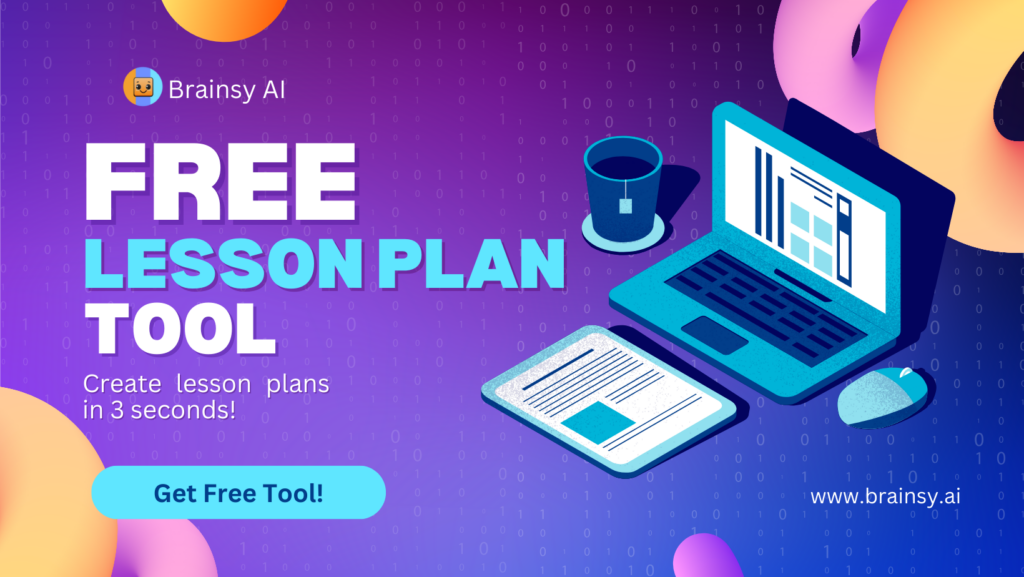
What Student Engagement Means
Student engagement has many parts that affect how students learn. The updated four-part framework includes:
-
- Behavioral Engagement: This refers to students following behavioral norms, showing up to class, taking part, and steering clear of disruptive actions.
-
- Emotional Engagement: This involves students having positive emotional reactions, like interest, enjoyment, and feeling like they belong in the learning setting.
-
- Cognitive Engagement: This focuses on students doing more than the bare minimum and using advanced learning opportunities to gain a deeper grasp of the subject.
-
- Agentic Engagement: This refers to students looking for ways to boost their learning experiences and taking charge of their education journey.
These aspects are linked, and each one plays a key part in creating a thorough and captivating learning experience. Educational tools powered by AI can help address all of these engagement types.
How Engagement Affects Learning Outcomes

A lot of scientific research shows that student engagement plays a big role in predicting good outcomes, such as:
-
- Academic Achievement: Students who are engaged tend to get better grades, do well in their studies, and show improvement across different subjects. AI literacy can help boost this achievement.
-
- Personal Development: How engaged a student is can tell us a lot about their personal growth, what drives them, and what they want for their future.
-
- School Satisfaction: When students feel connected, they’re more likely to enjoy their time at school.
-
- Postsecondary Readiness: Schools where students are engaged do a better job of getting students ready for college or careers.
By creating a learning environment that gets students involved in all areas, teachers can build a base for better learning results, personal growth, and overall student success. Curriculum innovation using AI can help achieve this.

How AI Helps Get Students More Involved
AI has become a game-changer in education, offering new ways to get students more involved and create learning experiences that are more personal and immersive.
By using AI in the classroom, teachers can find new ways to grab students’ interest and create a more lively and engaging classroom.
A Look at AI Tools in Education
Bringing artificial intelligence in the classroom involves many tools and technologies that aim to cause a revolution in old teaching methods. Some of the main AI-powered tools include:
-
- Personalized Learning Platforms: These adaptive systems analyze how each student learns and what they like. They create custom learning plans and tests. By giving content at a student’s own speed and in a way they understand best, these platforms help students stay interested and learn more.
-
- Intelligent Tutoring Systems: AI-powered tutoring systems can give each student their own help and guidance outside class. These systems can answer questions, explain things, and help students solve problems step-by-step. This keeps students learning and interested all the time.
-
- Automated Grading and Feedback: AI can grade work, giving students quick and helpful feedback. This fast feedback is key to learning. It helps students see where they need to improve and supports good learning habits. AI-powered assessment techniques like this are becoming more common.
-
- Gamification and Immersive Learning: AI-powered tech like augmented reality (AR) and virtual reality (VR) creates engaging learning experiences. Virtual field trips, interactive simulations, and 3D models help students grasp complex concepts more deeply. These tools make learning more fun and help students understand subjects better.
Benefits of AI to Engage Students
When we bring AI use in education, it has a positive impact on how students engage. Here’s what it can do:
-
- Personalized Learning Experiences: Platforms powered by AI can adapt to how each student learns best, their strong points, and areas they struggle with. This makes sure every student gets content and help that fits them. This tailored approach keeps students interested and driven as they learn.
-
- Immediate and Constructive Feedback: Systems that use AI for grading and feedback give quick insights into how students are doing. This allows for quick changes and boosts good learning habits. Formative assessment is made easier with AI.
-
- Immersive and Interactive Learning: Technologies like AR and VR enabled by AI create learning experiences that pull students in and let them interact. These bring hard-to-grasp ideas to life, helping students understand and stay interested for longer.
-
- Always There and Easy to Reach: AI tutors are available 24/7, making sure students can get help and guidance whenever they need it. This keeps them learning and involved non-stop.
By using AI in education, teachers can make learning more fun, lively, and tailored to each student. This helps students reach their full potential and gets them ready for a future where being good with technology is key. AI use in schools is becoming more common for these reasons.
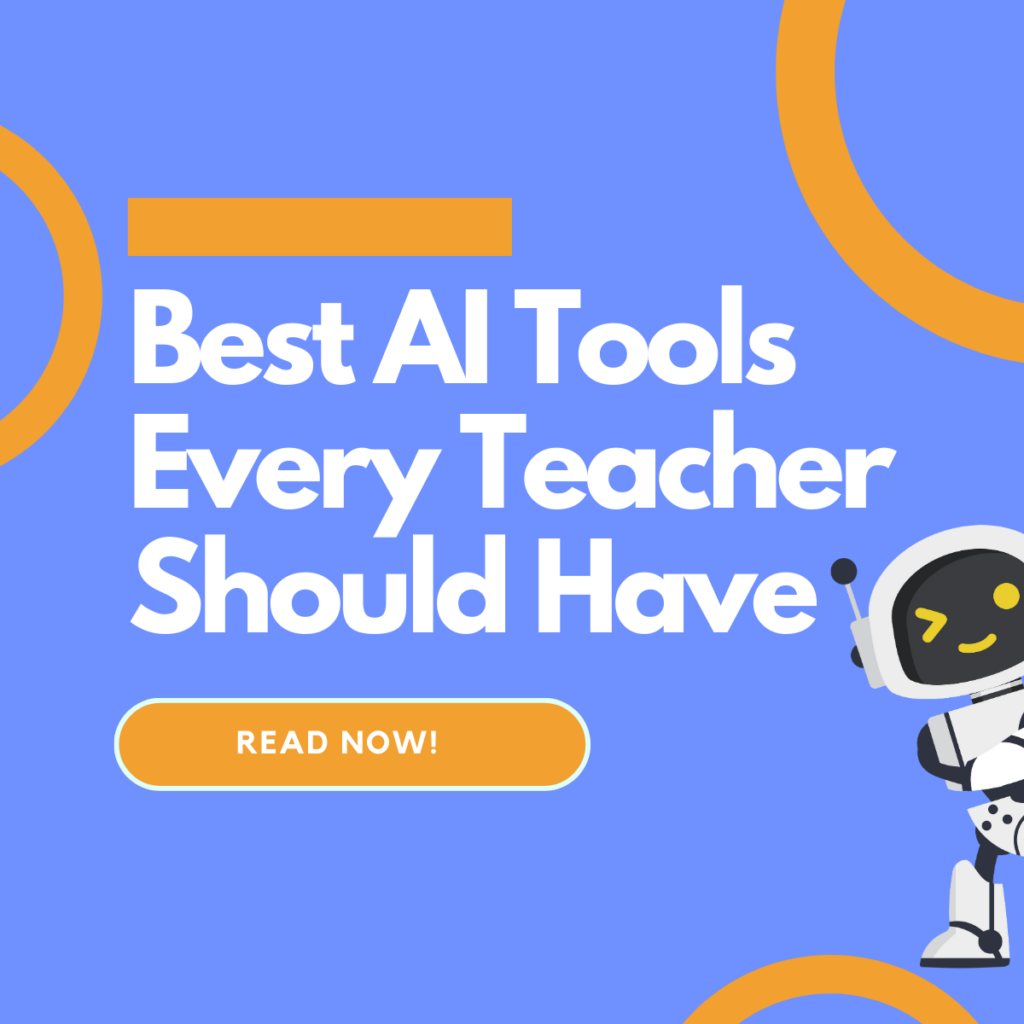
AI-Powered Strategies to Boost Classroom Engagement
Teachers can use AI to put new ideas into action to get students more involved in class. These ideas focus on learning paths made just for each student and fun, game-like learning experiences. Tools like ChatGPT in education are opening up new possibilities.
Learning Paths Made for Each Student
Technologies that use AI to adapt learning look at data from each student. This includes how good they are at subjects, how they like to learn, and what might be hard for them.
With this info, these technologies make learning paths just for that student. By making education fit each student’s needs and skills, these tools help students get more involved and excited about learning. Here are the main things about learning paths made for each student:
-
- Adaptive Curricula: AI algorithms tweak how hard tasks are and how fast content goes out based on how a student does. This keeps students interested without making things too tough for them.
-
- Customized Resources: AI systems can point to learning tools, like videos, hands-on simulations, or practice work, that match how a student likes to learn best, whether they’re into seeing, hearing, or doing things.
-
- Real-Time Feedback: AI-powered smart tutoring setups give quick personal tips and help right away. They act like study buddies that keep learning going strong and keep students involved.
-
- Predictive Analytics: AI has the ability to analyze huge sets of data. This lets it spot possible learning hurdles ahead of time. It can then suggest ways to step in or offer extra help. This stops students from losing interest before it happens.
Interactive and Gamified Learning Experiences
-
- Adaptive Challenges: AI algorithms can change the difficulty of gamified challenges based on how a student performs. This keeps students engaged and stops them from getting frustrated or bored.
-
- Personalized Feedback and Rewards: AI systems can give tailored feedback, hints, and rewards based on a student’s progress and achievements. This helps students feel accomplished and motivated.
-
- Immersive Simulations: AI-powered virtual reality (VR) and augmented reality (AR) technologies allow for the creation of lifelike simulations and virtual classrooms. In these spaces, students can work together and interact with educational content in a hands-on and exciting way.
-
- Conversational Agents: AI-powered chatbots can take part in role-playing scenarios. They adjust their speech and responses to what the user chooses. This makes learning modules more interactive and keeps users more engaged.
By using these AI-powered approaches, teachers can build lively, tailored, and captivating learning spaces that meet each student’s needs, likes, and ways of learning. This has an influence on boosting student involvement

